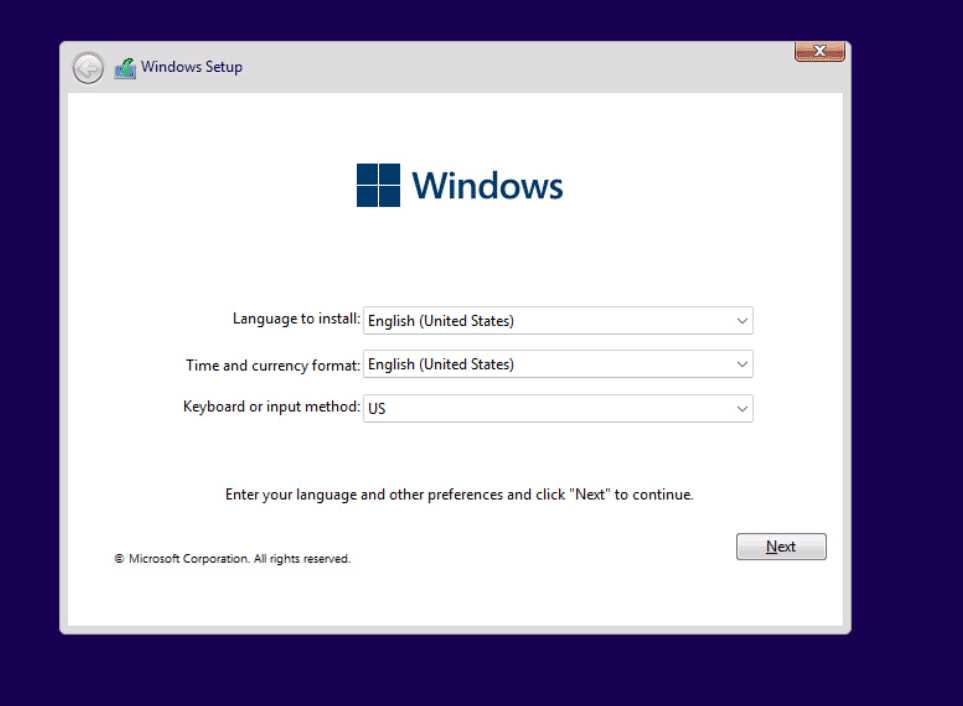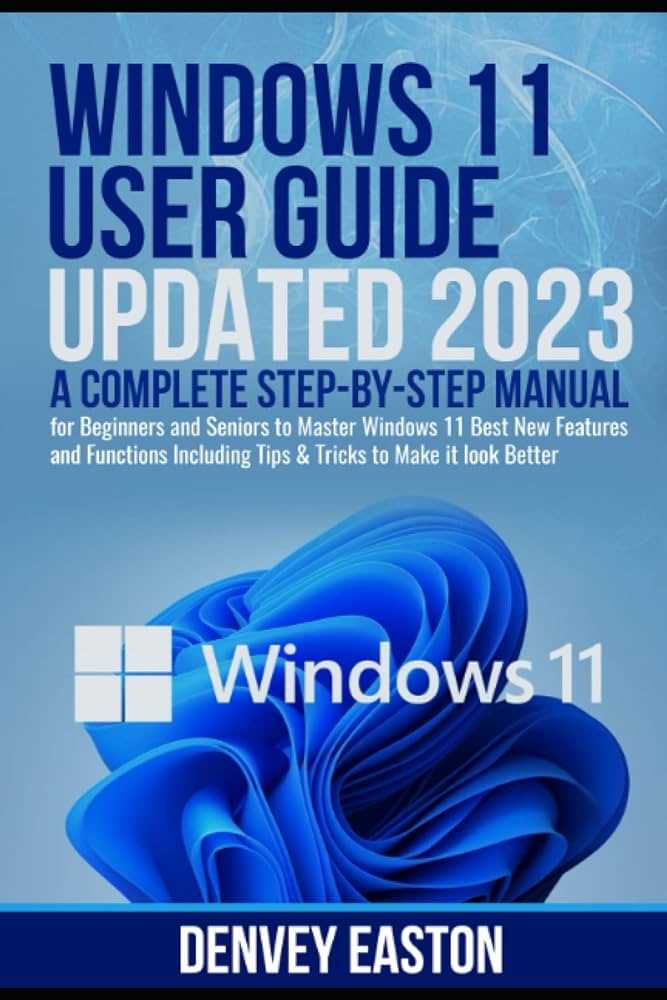
When it comes to choosing the right system for your needs, understanding the requirements is crucial. This is especially true for those considering the tiny 11 system, a compact and powerful solution for various applications. Whether you’re a tech enthusiast or a professional in need of a reliable system, knowing the system requirements is essential.
Processor: The tiny 11 system requires a powerful processor to handle demanding tasks efficiently. A minimum of an Intel Core i5 or AMD Ryzen 5 processor is recommended to ensure smooth performance and multitasking capabilities.
Memory: To run applications smoothly and handle data-intensive tasks, the tiny 11 system requires a sufficient amount of memory. A minimum of 8GB RAM is recommended, although 16GB or more is ideal for optimal performance.
Storage: The tiny 11 system offers various storage options to suit different needs. Whether you prefer a solid-state drive (SSD) for faster data access or a traditional hard disk drive (HDD) for larger storage capacity, the system can accommodate both. It is recommended to have at least 256GB of storage space for a seamless user experience.
Graphics: For those who require high-quality graphics performance, the tiny 11 system offers dedicated graphics options. An NVIDIA GeForce GTX or AMD Radeon graphics card is recommended for smooth gaming, video editing, and graphic design experiences.
Operating System: The tiny 11 system is compatible with various operating systems, including Windows, macOS, and Linux. It is essential to choose an operating system that suits your needs and preferences, ensuring compatibility with your desired software and applications.
Connectivity: The tiny 11 system comes equipped with essential connectivity options, including USB ports, HDMI, and Ethernet. This allows for seamless integration with peripherals and networking devices, ensuring a hassle-free user experience.
Overall, understanding the system requirements of the tiny 11 system is crucial for making an informed decision. By considering the processor, memory, storage, graphics, operating system, and connectivity options, you can ensure that the system meets your specific needs and provides a seamless user experience.
Minimum System Requirements

Before installing Tiny 11, make sure your system meets the following requirements:
| Operating System | Windows 10 or later |
| Processor | Intel Core i3 or equivalent |
| Memory | 4 GB RAM |
| Storage | 10 GB available space |
| Graphics | DirectX 11 compatible |
| Network | Broadband Internet connection |
These are the minimum system requirements for running Tiny 11. It is recommended to have a system that meets or exceeds these requirements for optimal performance.
Processor


The processor is a crucial component in any system, including the Tiny 11. It is responsible for executing instructions and performing calculations. The processor requirements for the Tiny 11 system are as follows:
- A minimum clock speed of 1 GHz
- Support for at least two cores
- Compatibility with the x86 instruction set
- A cache size of at least 2 MB
- Support for virtualization technology
These requirements ensure that the processor is capable of handling the demands of the Tiny 11 system efficiently. It is important to note that the processor requirements may vary depending on the specific use case and intended workload. Therefore, it is recommended to consult the official documentation or contact the manufacturer for detailed processor requirements for your specific use case.
RAM

The RAM requirements for the Tiny 11 system are an important consideration when it comes to performance and overall system capabilities. The Tiny 11 system is designed to be lightweight and efficient, but it still requires a certain amount of RAM to function properly.
For basic functionality, the Tiny 11 system requires a minimum of 512MB of RAM. This is enough to run the operating system and perform basic tasks such as web browsing and document editing. However, for more demanding tasks such as gaming or video editing, it is recommended to have at least 2GB of RAM.
Having more RAM than the minimum requirements can also improve overall system performance. With more RAM, the system can store more data in memory, reducing the need to access the slower hard drive for information. This can result in faster load times and smoother multitasking.
It’s important to note that the RAM requirements may vary depending on the specific applications and tasks you plan to use with the Tiny 11 system. If you plan to use resource-intensive software or run multiple applications simultaneously, it is recommended to have more RAM to ensure smooth and efficient performance.
In conclusion, while the Tiny 11 system is designed to be compact and efficient, it still requires a certain amount of RAM to function properly. The minimum requirement is 512MB, but it is recommended to have at least 2GB for optimal performance. Having more RAM can also improve overall system capabilities and multitasking abilities.
Storage Space

When it comes to the storage space requirements for the Tiny 11 system, it is important to consider the limited capacity of this tiny system. Due to its small size and compact design, the Tiny 11 system does not have a large amount of storage space available.
The system typically comes with a small amount of built-in storage, which is sufficient for basic tasks and applications. However, if you plan to use the system for more advanced tasks or store a large amount of data, you may need to consider additional storage options.
Fortunately, there are several ways to expand the storage space of the Tiny 11 system. One option is to use external storage devices, such as USB flash drives or external hard drives. These devices can be easily connected to the system and provide additional storage capacity.
Another option is to utilize cloud storage services. By storing your data in the cloud, you can access it from anywhere with an internet connection, freeing up the limited storage space on the Tiny 11 system.
It is important to keep in mind that the storage space requirements will vary depending on your specific needs and usage. If you primarily use the system for basic tasks and do not require a large amount of storage space, the built-in storage may be sufficient. However, if you plan to use the system for more advanced tasks or store a significant amount of data, it is recommended to consider additional storage options.
Recommended System Requirements

To ensure optimal performance and functionality of the Tiny 11 system, it is recommended to meet the following system requirements:
- Operating System: Windows 10 or macOS 10.15 or later
- Processor: Intel Core i5 or AMD Ryzen 5
- Memory: 8GB RAM
- Storage: 256GB SSD
- Graphics: NVIDIA GeForce GTX 1050 or AMD Radeon RX 560
- Display: 15.6-inch Full HD
- Internet Connection: Broadband
Meeting these recommended system requirements will ensure smooth and efficient usage of the Tiny 11 system, allowing you to fully enjoy its features and capabilities.
Processor
The Tiny 11 system has specific requirements for the processor. It is important to ensure that your processor meets these requirements in order to run the system effectively.
The processor should be capable of handling the demands of the Tiny 11 system. It should have a minimum clock speed of 1 GHz to ensure smooth performance. A higher clock speed is recommended for better overall system performance.
In addition to the clock speed, the processor should have a minimum of 2 cores. This allows for multitasking and efficient processing of multiple tasks simultaneously. More cores can further enhance the system’s performance, especially when running resource-intensive applications.
It is also important to consider the architecture of the processor. The Tiny 11 system is compatible with both 32-bit and 64-bit processors. However, a 64-bit processor is recommended for better performance and compatibility with modern software.
Lastly, the processor should have a sufficient cache size. The cache is a small amount of memory located on the processor that stores frequently accessed data. A larger cache size can improve the system’s overall speed and responsiveness.
Overall, the processor is a crucial component of the Tiny 11 system. Meeting the recommended requirements ensures optimal performance and compatibility with the system’s software and applications.

